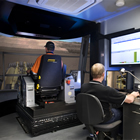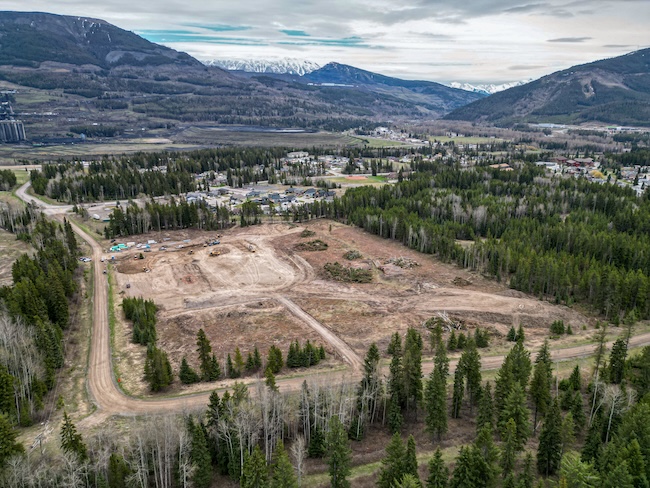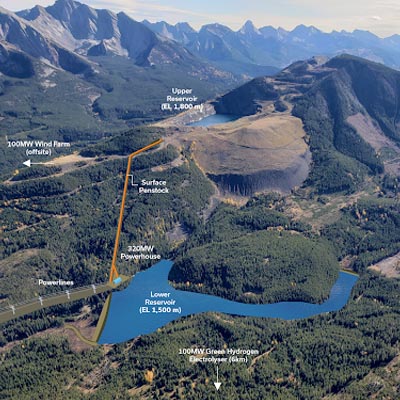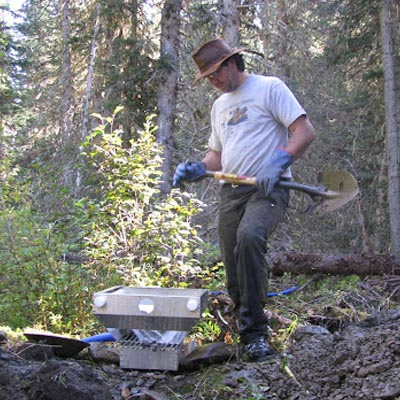College of the Rockies receives $1.1 million for training simulators

1 of 2This is an interior shot of the Pro3 Transportable Simulator showing the instructor’s position as well as the student. — Immersive Technologies
1 of 2This is an interior shot of the Pro3 Transportable Simulator showing the instructor’s position as well as the student. — Immersive Technologies photo
A very exciting initiative at College of the Rockies (COTR) in southeastern B.C. will benefit those looking to pursue a career in the mining industry. On March 8, 2013, it was announced that through funding by the provincial government and Columbia Basin Trust (CBT), $1.1 million has been given to COTR to purchase haul truck simulators. The federal government then announced another $1.7 million through a grant to help with the purchase of the simulators from Immersive Technologies.
The new program will train haul truck drivers and will give COTR more capacity than any other training facility in the province. Dr. Nick Rudbidge, president of COTR, said the haul truck simulators are kind of like flight simulators.
"If you're aware of the idea of flight simulators, the haul truck simulators are similar in complexity but train people to work those giant trucks in open-pit mines used in (B.C.'s) Elk Valley and other mine sites around the country," said Rubidge. "They are big units and we'll have five of them."
Four of the simulators will be stationary ones; two will be located in Fernie and two will be installed at COTR's Gold Creek campus in Cranbrook. The fifth haul truck simulator will be kept on a flatbed truck so that it can be moved around the region—or even the province.
The B.C. government has invested $580,000 to support the program, and CBT has invested $560,000. The college has been working closely with both partners and with industry to ensure they can put the latest tools in the hands of B.C. students.
At the luncheon announcement in early March, Rubidge compared the new simulators to "the best video game someone is ever going to play."
"The simulator gives you the total immersive experience of being in a haul truck," said Rubidge. "It will test whether or not you can actually manage in that type of environment. Some people get motion sickness because of the way the truck moves, so the simulator helps you get acclimatized to that before you go on a real one. The whole unit moves and you get the sensation of going over rough terrain—you feel the engines vibrating . . . you really get the experience of being in a cab of one of those massive machines."
Rubidge said the first step is installing the simulators, and he said this involves a lot more than unpacking a video game.
"They do require some facilities, so we are starting to work on getting them installed," said Rubidge. "We will probably be ready to admit the first group of students to the program in early fall. It's going to be a very exciting initiative and I am extremely grateful to all the funding agents for this opportunity."
A 2012 report by the Mining Industry Human Resources Council in conjunction with the Mining Association of B.C. indicated that the top two mining sector in-demand occupations in the next 10 years will be heavy-equipment operators and truck drivers. The report's forecast indicates that of 11,330 workers needed in the B.C. mining industry, 6,370 will be needed in the Kootenay region in southeastern B.C.




